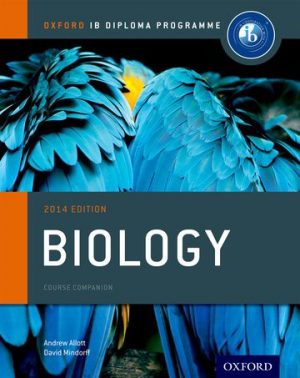Parents, students adjust to an education without E squared
February 12, 2020
This is a follow up to Portage Public Schools to eliminate E-Squared program for gifted and talented elementary students.
Almost six months after the new gifted education program has been implemented into Portage Public Schools elementary schools, there is still debate about its effectiveness. The new program, which replaces E-squared, now takes place inside each individual elementary school and allows a larger number of students to be involved.
“While acknowledging that no process is 100% perfect, we have been able to integrate enrichment into the schools in order to support more students who may need that added challenge,” said Jessica Winstanley, a technology integration specialist who has worked hands on in both teaching students and instructing teachers about the new learning opportunities. “Overall, the feedback we get from the students is positive. They enjoy the project-based learning units and push themselves to apply the skills they learn in class to real-world situations. Each student has voice and choice in their projects with no two projects being exactly the same.”
One major advantage with the new system is that it allows more students to receive gifted education. In the E-squared model, gifted students were differentiated using a standardized test. This led to many high-achieving students missing out on gifted education, some by as little as a single point. Stephanie Alkire, whose daughter did not qualify for E-squared, says she is now a part of the advanced math and reading groups and is being challenged and learning more than she did previously. “For kids who are smart but didn’t make it into E-squared, they are now getting the advanced curriculum they never would have got in the past,” she said.
The entry system also created an equity issue where students coming from higher socio-econimic backgrounds were disproportionately represented in the gifted program. In the last three school years, the percent of E-Squared students receiving free or reduced lunch was 2%, 5%, and 4%, compared to the general school population receiving free or reduced lunch at rates of 24%, 29%, and 27% respectively.
“This implementation leads to a more equitable approach that is able to support the needs and learning goals of more of our advanced students who may have been left behind due to various factors with the previous program,” said Winstanley. The new model also meets the needs of students who may be gifted in certain areas, but not others.
Despite these positive changes, not everyone is in agreement that the new system is an improvement. Nicole Harlow, whose daughter was a part of the E-squared program, does not believe the new system is offering gifted children an adequate curriculum. “My child is still incredibly frustrated with the elimination of the E-Squared program,” she said. “She misses it a great deal – it was her favorite part of school while it was still in place.”
However, Harlow says that the problem goes beyond her daughter’s love for E-squared. “They essentially went from a full day of enrichment weekly to a few 20 minute blocks per week,” she said. “She [Harlow’s daughter] doesn’t find the projects very challenging. She never brings home homework to do for the new program. She always had homework with E-Squared.”
Despite this, Winstanley says that the enrichment schedule is much more rigorous. “Students at the 3rd-5th grade level who have been identified as needing enrichment and extension of the core curriculum meet 30-60 minutes per day, 4-5 days per week,” she said. “During this time they receive targeted instruction and work independently or in small groups on project-based learning units.”
This disconnect between parent and district perception highlights another important issue: a communication gap between parents and district leadership. This problem began with the sudden elimination of E-squared without any parental input, and continues to be an issue as parents feel continue not to have any input in the educational services that their students receive, making them feel disconnected from the process.









